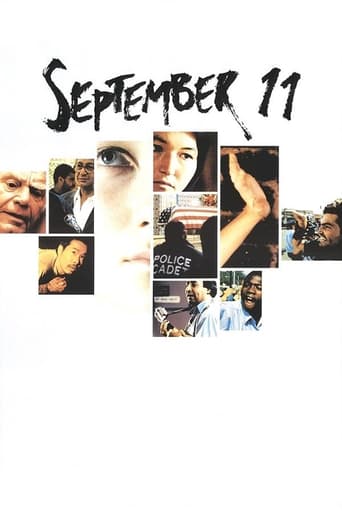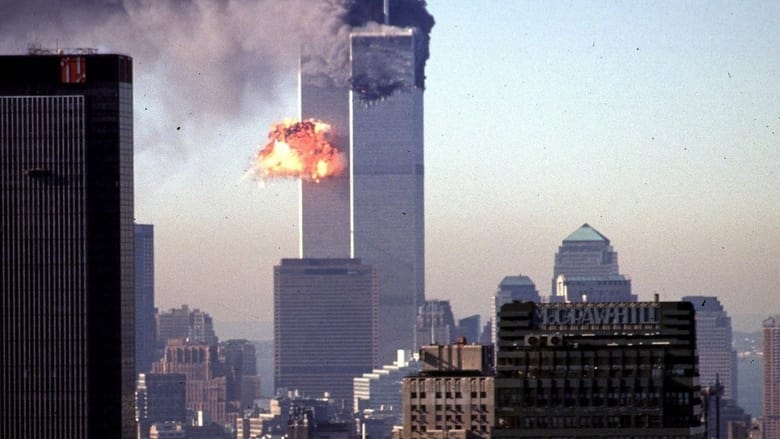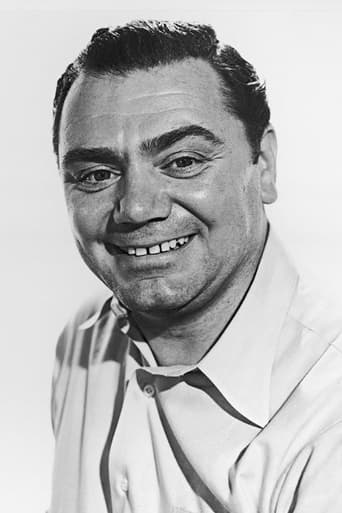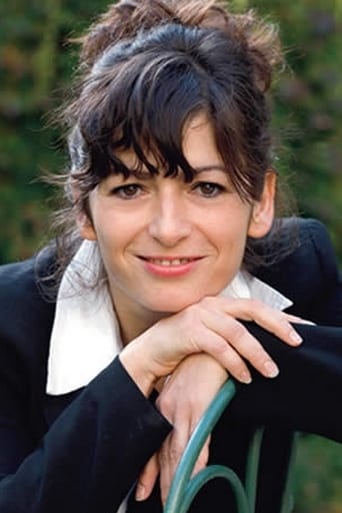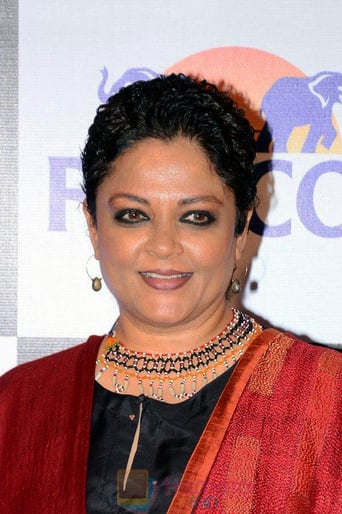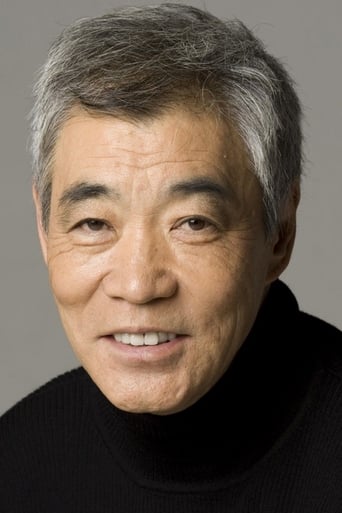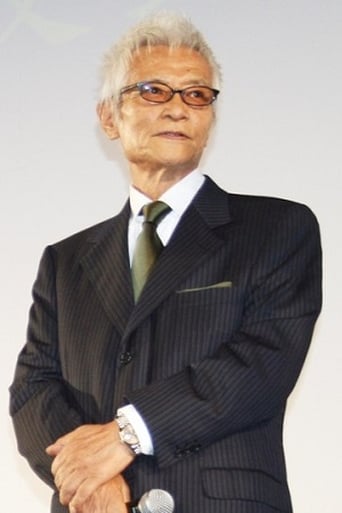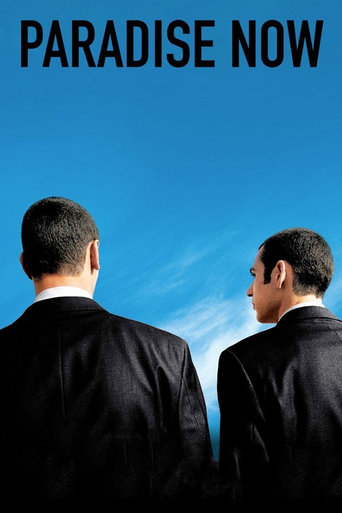Filmmakers from all over the world provide short films – each of which is eleven minutes, nine seconds, and one frame of film in length – that offer differing perspectives on the 9/11 terrorist attacks.


Similar titles
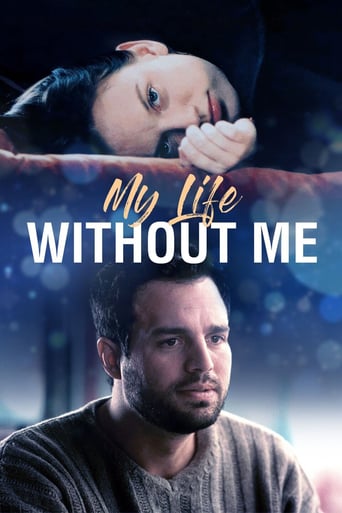

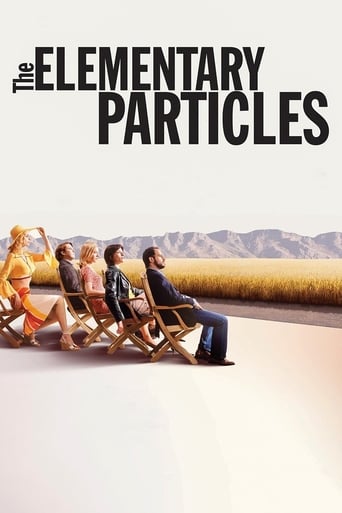
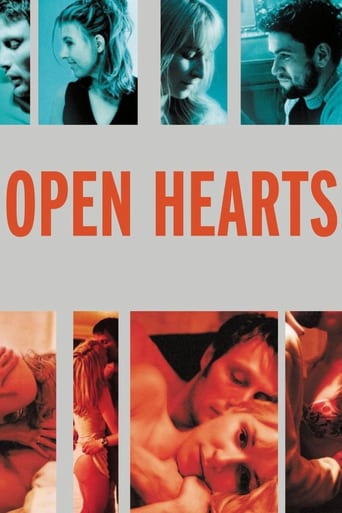
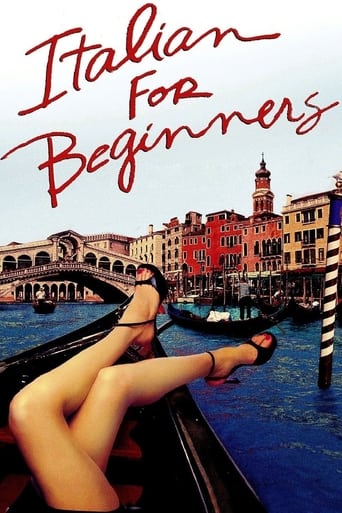
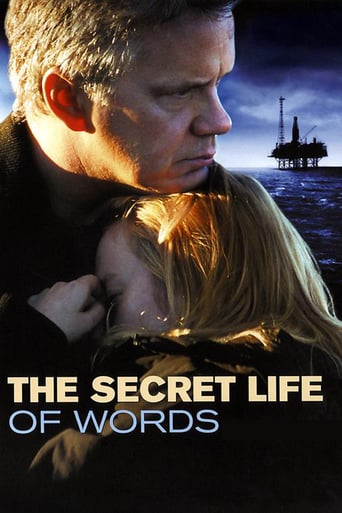


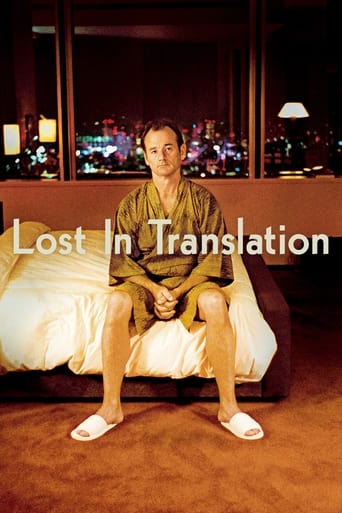
Reviews
Unsurprisingly, there seems to be a huge divide between reviewers here as to whether this film is a tribute to or an indictment of America. Perhaps less surprisingly, voters appear to be more aligned with reviewers who hated the film and found it un-American, meaning that I fully expect to get seriously down-voted here. With the passage of time (15 years later) though, it is clear to me that this group is missing the point. Yes, "September 11" seemed rather unpatriotic upon its release, but with the aid of the aforementioned distance, we can now look back on it more clearly and better accept its honesty and realism. For the most part, I admit that I too was left with the impression that the overarching message here is that America should become aware that equally horrendous acts of terror exist the world over and maybe even that the American government had it coming due to the terrorism it has and continues to inflict upon others. What is so terrible about at least considering the merits of this argument and striving for a better understanding of the more global view this film strives to present?To me, the overall product actually surpasses the sum of its parts specifically because it amounts to a collective effort for worldwide soul-searching. Of course, there are stronger and weaker segments here. With one exception (Mira Nair's straightforward and heartfelt storytelling), the quality of the short films increase up to Ken Loach's masterful love letter to Chile as presented through the heart and pen of an exiled Chilean in London. This is where we're reminded of the atrocities of the American government's direct involvement in the murder of democratically elected Salvador Allende and thousands (not just hundreds) of Chileans beginning on September 11, 1973. Oh, the bitter irony!Leading up to this apex, we also get two small-scale bittersweet short films by France's Claude Lelouch and Burkina Faso's Idrissa Ouedrago. Some dismiss these segments as being the two least related to the tragedy of 9/11, but I beg to differ, particularly if you enjoy personal and highly innocent stories mirroring grand-scale events.Minus Nair's tale of a Pakistani mother mourning the loss of her son who was wrongfully suspected of being a terrorist when he was actually at ground zero helping to save lives, the quality goes down somewhat after Loach's contribution midway through. The weakest film here is Israeli director Amos Gitai's cacophonous contribution depicting the aftermath of a car bomb going off on the streets of Tel Aviv (not Jerusalem, as mistakenly identified by some reviewers). While perhaps a somewhat effective anti-media propaganda piece, it lacks subtlety and screams for attention solely based on production techniques. Similarly chaotic is Mexican director Alejandro Gonzalez Inarritu's experimental segment, which is essentially just a plain black screen (turning white at the very end) interspersed with just a few one or two second images of people jumping out of windows at the twin towers and a purposely overbearing soundtrack consisting of phone messages being left for loved ones by soon-to-perish victims. Perhaps too "collegiate" artsy for its own good, it nevertheless silently poses the poignant question at its end, "Does God's light guide us or blind us?" Great food for thought! This would have been a lot more effective as the closing segment in "September 11."In closing, it is so disappointing to hear that this film was banned in the US until it became available on DVD. That, to me, brings to mind the stubborn and misguided refusal of our government to address gun violence/regulation every time we experience an unnecessary episode of mass murder in America. Let's not bury our heads in the sand and deny the harsh realities of modern life!
Not worth your time, your money, your emotions, your pity, your ability to articulate no matter how diminished. This is a totally subjective view point from a treasonous who espouses more sympathy for those that would destroy us rather than for the same country and system that helped him build his fortune. Hypocrisy at it's best/worst. Guys like Penn should be thankful that the same capitalistic, freedom loving system that he despises allows him him to have that very right. But he is too stupid to get that, or too manipulating. In years and eras gone by they would have tried him for treason or sedition and would have dealt with him in the most severe manner. What scares the most here is that there are those out there-many out there-that take what sewer water that spews out of the mouths of jerks like this and treat it as fact. Much like they did with that bloated self absorbed opportunist Michael Moore. Cmon hard core left, wake up-realize things aren't all bad and treat people based on fact and not well oiled innuendo and propaganda.
French production in which leading film directors from 11 countries were invited to create 11-minute short films conveying their reflections on the events of September 11.The film segments vary widely in content and quality. Two allude to U.S. complicity in terrorist acts (in Chile against Allende, who died on September 11, 1973, depicted in the segment by British director Ken Loach; and in Palestine by U.S.-backed Israelis, shown in the segment from Egyptian director Youssef Chahine). Two more recall other destructive acts (a Palestinian suicide bombing in Tel Aviv, shot by Israeli director Amos Gitan; the Japanese "holy war" against the west in WW II, by Shohei Imamura).Ironies abound in several stories. Shadows that darken the New York City apartment of a grieving old man suddenly disappear as the World Trade towers telescope to the ground in Sean Penn's piece, bringing the man momentary joy. But in this bright light he can finally see that his wife is really gone. In Mira Nair's film, based on a real incident, a missing young man, also in New York City, the son of a Pakistani family, is first presumed to be a fugitive terrorist, but later he proves to a hero who sacrificed himself trying to save others in the towers.There are poignant moments dotted throughout. Loach has his exiled Chilean man quote St. Augustine, to the effect that hope is built of anger and courage: anger at the way things are, courage to change them. Imamura tells us that there is no such thing as a holy war. Samira Makhmalbaf shows a teacher with her very young Afghan schoolchildren, exiled in Iran, trying to tell them about the events that have just transpired in New York. But they are understandably more impressed with a major event in their refugee camp, where two men have fallen into a deep well, one killed, the other sustaining a broken leg. This is comprehensible tragedy on a grand scale for the 6 year olds. Idrissa Ouedraogo, from Burkina Faso, creates a drama in which the son of an ailing woman spots Osama bin Laden in their village and gathers his buddies to help capture the fugitive terrorist, in order to get the $25 million U. S. reward. He tells his friends not to let any of the adults know their plans, for the older folks would merely waste the money on cars and cigarettes, while he plans to help his mother and others who are sick and destitute.It is Mexican director Alejandro Gonzalez Inarritu (maker of "Amores Perros") who provides by far the most powerful and chilling segment, one that, for the most part, shows only a darkened screen with audio tape loops of chanting and voices and occasional thudding sounds. Brief visual flashes gradually permit us to see bodies falling from the high floors of the towers, and it dawns on us that the thuds are these bodies hitting the ground. The sequence ends with elegiac orchestral music and a still shot, bearing a phrase first shown only in Arabic, then with a translation added: "Does God's light guide us or blind us?" (In various languages with English subtitles) Grade: 8/10 (B+). (Seen on 10/31/04). If you'd like to read more of my reviews, send me a message for directions to my websites.
It is easy to assume that a film about September 11th would be a collage of horror-packed footage from the tragedy itself. Fortunately, this was not the case. September 11th is about one thing and many things. Eleven directors from eleven different cultures offer eleven minutes, nine seconds and one frame each of their purportedly related versions that are directly and sometimes remotely connected to the tragic events of September 11, 2001 at the World Trade Center. The range of emotions generated by the film varies from outrage to sorrow, from poignancy to delight, and from patriotic pride to shame to be an American. Some of the efforts were laudatory, some were so-so and some, a total waste of time. What makes this film great is that is representative of everything experienced and offered to us in life-the good, the bad, and the ugly.I will indulge each segment with a brief commentary providing a flavor of the entire symphony in the order of appearance.Scene 1. The first vignette is from director-screenwriter Samira Makhmalbaf originally from Iran of "Blackboards" fame. The setting is in an impoverished Afghan refugee camp in Iran where a Moslem woman teacher encourages little children to express their reactions to 9/11. At first, the little waifs are hard at work making bricks from mud that they trample with their bare feet. The teacher is screaming at the children to abandon the brick making and come to school. At the school, she quizzes them as to what important event that happened that day. Innocently, they chirp their responses ranging from men dying in a well, to various other minor casualties. Their naïveté is charming and delightful, allowing us to see the world through their innocent eyes. After a barrage of queries, the teacher's shrill monotone becomes somewhat grating. Ultimately, she reveals to the children the tragedy of 911 in New York and asks for a minute of silence. The twittering children do not heed her request, so she orders them outside to demonstrate what a tall building is by comparing their kiln's giant chimney to the World Trade Center. Their expressive eyes say it all. She asks again for their silence and this time they obey. Numerous intimate close-ups of the children and their sweet replies are well worth the price of admission.Scene 2. Claude Lelouch, the celebrated director who made "A Man and a Woman" in France three decades ago, drops us into the silent world of the deaf as they struggle with a relationship seemingly headed for its final curtain somewhere in New York City. In French, with sub-titles for their hand signing, the mood is eerily stunning in its silent presentation. The male lead somberly heads out to work to his eventual destination at the World Trade Center. The female left behind struggles with her mystical prophesies as she types farewells to her paramour. She types a desire for a miracle to rescue their tormented relationship. As she continues typing, she is unaware of the drama unfolding at the twin towers on the muted television in the next room. The scene conjures up a foreboding of her lover's death taking place at the Twin Towers. The final resolution is eerie and surprising, expounding on life's meaning and its tortured passage to ultimate destinies.Scene 3. Award-winning Egyptian director Youssef Chahine spins a tale of the fantasies that begin to haunt a filmmaker shooting scenes in New York as he becomes aware of the drama unfolding at the Trade Center. Obsessing about the magnitude of the tragedy at a river's edge, he encounters the ghost of a dead US Marine who was killed at the bombing of the Marine Barracks in Beirut some years ago. They dialogue about the horror of the needless deaths of young marines and other parades of the "horribles" that have taken place in the past and present. He is also confronted with visions of a Palestinian suicide bomber going off to his death in Israel and his frantic mother running after him with the meal she just prepared. The torment and conflict this film generates seems to indict the actions of the terrorists as well as the country of the victims. Seemingly anti-American, it could also be interpreted as anti-violence in any form.Scene 4. Bosnian director, Danis Tanovic depicts the stand taken by a young woman in the town of Srebrnica, where on the 11th of every month, the local women demonstrate in the streets against the horrors of war. The young woman, on her way to demonstrate, comes to the meeting hall in town where she and the other would-be demonstrators are awed by the specter of the Trade Center tragedy unfolding on the radio. In spite of the distress the radio voice is generating, she beckons her friends to get on with the business of their monthly mission. The other women beg off because of the magnitude of 9/11, yet she faithfully decides to demonstrate on her own as she heads for the town square. Finally, all the other women join her in solidarity with their banners fluttering in the breeze to make their statement in commemoration of their own local tragedy. The message however, is obscured in maudlin meandering and meaningless gestures.Scene 5. A wholly different flavor is presented by director Idrissa Quedrago from Burkina Faso, a tiny country in West Africa, north of Ghana, about the size of Colorado. This scene captures the struggle and hope of four young boys in a pitifully poor country, as they band together in a plot to become rich. The tale begins with one of the young boys hearing on the radio about the Trade Center tragedy and seeing a picture of Osama Bin Laden offering millions of US dollars for his capture. He later comes upon a bearded figure in robes that is a remarkable likeness to Bin Laden. He quickly enlists the aid of his comrades, one of who appropriates a video camera so that they can shoot pictures of Bin Laden and claim the reward. The boys are jubilant and busily fantasizing about how they are going to spend their riches as they stalk and film the would-be Bin Laden. When they see Bin Laden hop into a cab and head to the airport, they frantically pursue him on foot to the crowded entrance of the airport. They anxiously try to enlist the local policeman to capture Bin Laden, however he dismisses their antics as nonsense and hurls their precious videotape into the crowd. Their forlorn faces sequester tears as the plane takes off for points unknown and their would-be treasure is lost forever.Scene 6. British film and TV director, Ken Loach explores the horrors of the overthrow of President Allende in Chile on September 11, 1973 and the subsequent takeover by dictator Pinochet. The film is a montage of black and white actual footage as told in a voiceover by a Chilean exile writing his memoirs about the significance of September 11th to the Chilean people. The film portrays the betrayals by Henry Kissinger and the CIA, painting the Americans with the shameful brush of dealing with terrorists. The film has little artistic presentation; rather it is more a series of scenes about death and mayhem perpetrated upon the populace of Chile. The parallel it tries to depict seems to be over-reaching to make its point. It is no doubt a historical account that needs to be told; however, the forum would more appropriate as a documentary on the History Channel.Scene 7. The Mexican born director, Alejandro Gonzalez Inarritu, who brought us the award winning "Amores Perros", has leaped into this foray, falling to his doom as rapidly as the many falling bodies from the Trade Center he intermittently flashes on the screen. Most of the eleven minutes is in total darkness, with an occasional cacophony of unintelligible voices peppering our eardrums. The only visuals are intermittent views of bodies falling and falling from the towers. The only redeeming feature of this test of patience is the end where a translation of the Arabic appears on the screen, stating, "Does God's light blind us or guide us?" This segment would be a good time to guide us to the restroom for a brief respite.Scene 8. Amos Gitai, the Israeli director, drags us along through eleven agonizing minutes of sheer irritation of a local bombing scene in Israel. Entirely shot at an obviously staged bombing scene in Tel Aviv, this slice of film dribble seems more like the Israeli version of the Keystone cops than it is telling a story. An ambulance driver, a policeman, and a policewoman dominate the screens repeatedly shouting directions at the crowd and their fellow rescue workers until it becomes unbearably irritating. While all this nonsense grates us continuously, a TV journalist is running back and forth shouting into her microphone while her cameraman chases her around dodging the annoyed police and rescue workers. Ultimately, she discovers that her bosses have preempted her coverage of the bombing in light of the World Trade Center plane crashes. It was one of the few times I wished for a remote with a mute button.Scene 9. India's "Monsoon Wedding" director, Mira Nair is one of the few segments that actually manage to tell an absorbing tale. It is an account of a Moslem woman caught up in the confusion and prejudice in the aftermath of 9/11. The heroine of the tale is desperately trying to find her missing adult son immediately after the collapse of the Towers. The authorities suspect that the son is a terrorist that may have had something to do with the events of 9/11. Her neighbors in New York shun her and others seem obviously offended by her Moslem appearance. The animosity and prejudice of the American people she encounters is palpable and upsetting. She suspects her son may be one of the prisoners held incommunicado by the FBI. She prays constantly for the safe return of her son and fantasizes seeing him pull away on a subway. Her distress is realistic and underlines the shameful treatment of herself and other innocents in the turmoil. The ending is heartening and helps to erase some of the shame the Moslem people have endured as a result of this shocking tragedyScene 10. At last, the long-awaited scene by US director Sean Penn unfolds in all its glory starring veteran actor Ernest Borgnine as the poor, obese, elderly widower enduring a maudlin existence in the shadows of the Trade Center in his Spartan one-room apartment. It is a struggle observing the stark realism of the daily routine of this broken man on what may be his last days. Penn tears at our heartstrings portraying the dedicated ritual of picking out Borgnine's dead wife's clothing and gently laying it out on her side of the bed. The flowers she obviously loved so much are withered and dying in their pot by the window. Penn draws out the compassion for this ancient mastodon as he slogs through his daily routines. Finally, one morning Borgnine is awakened by the sun streaming over his eyes as a result of one of the Towers slowly collapsing. He rises from the bed and notices that the flowers are now in full bloom, all the while the muted television is running in the background--the footage of the collapse unseen. Overjoyed, he presents this miracle to his fantasy wife at bedside, wholly oblivious of the cause of this phenomenon. Penn has taken this maudlin yarn to a new level of triteness. One might surmise that the intent was that out of evil some good comes along is hardly a justification for this anemic finale. Such banality is hardly a tribute or an insight to the carnage suffered that fateful day.Scene 11. Last and perhaps least of the lot, is this bizarre tale told by Japanese director Shohei Imamura that unfolds in post World War II Japan in a tiny island village. A Japanese soldier is kept in a cage at home because the shock of the war has caused him to believe and act like a snake. His wife, who apparently has taken a lover on the side, feeds and cares for this hideous creature that slithers along the ground in his serpentine persona. He does not speak, he just hisses and slithers around his cage. His wife, as well as the audience is disgusted when he manages to almost swallow a rat. When he seriously tries to take a bite out of her, she exiles him from the house. The neighbors are outraged since he now is apparently killing and eating their poultry stock. They finally decide to hunt him down to recapture him. A flashback to the war seems the only association this has to do with the theme of the film, condemning the violence as a "holy War". In the last take, his wife at the waterfall sees him slither into and under the water, heedless of her cries to him. A real snake is then seen at the waters edge on a rock as it hisses in all its clichéd splendor to suggest that he has now turned into a snake. Dessert is usually the best part of the meal. This celluloid tripe would have best been served on the cutting room floor.
